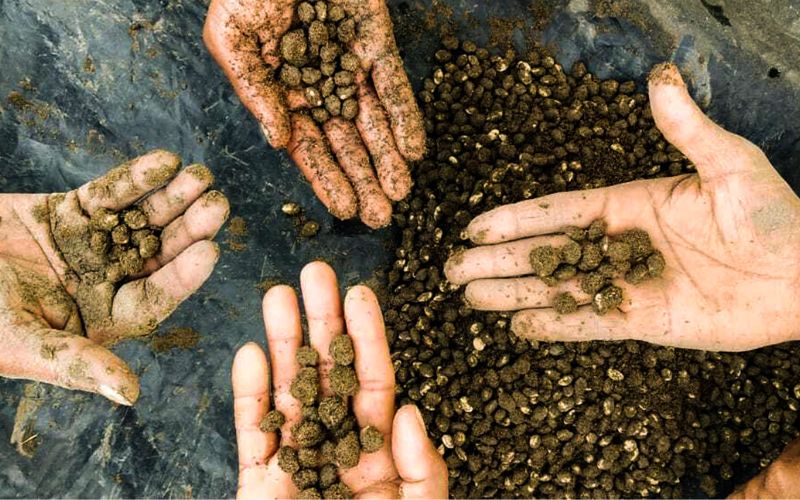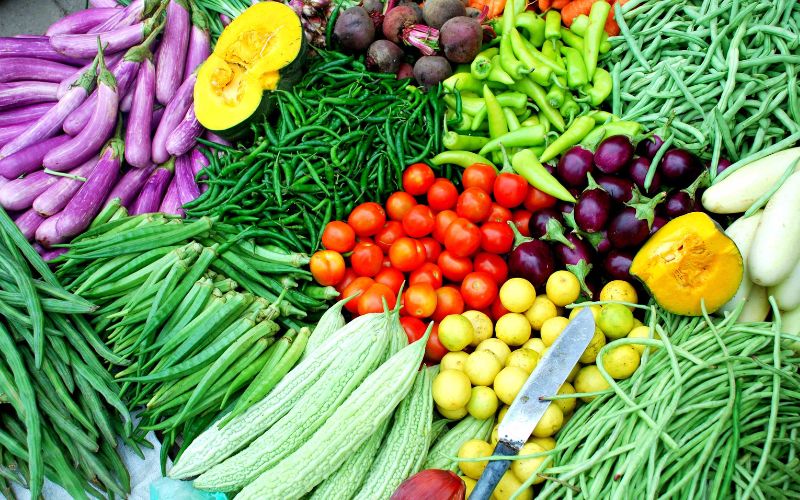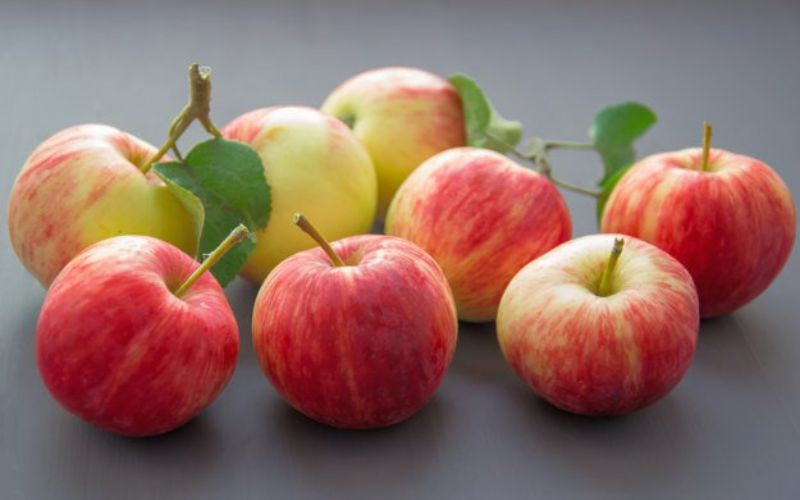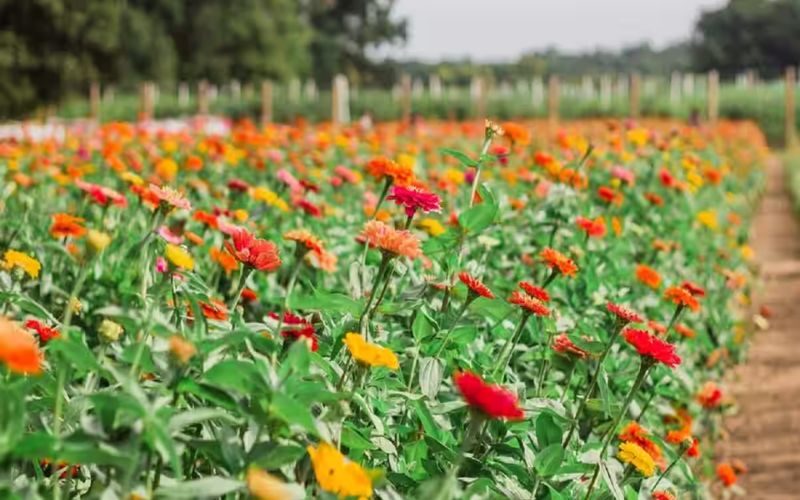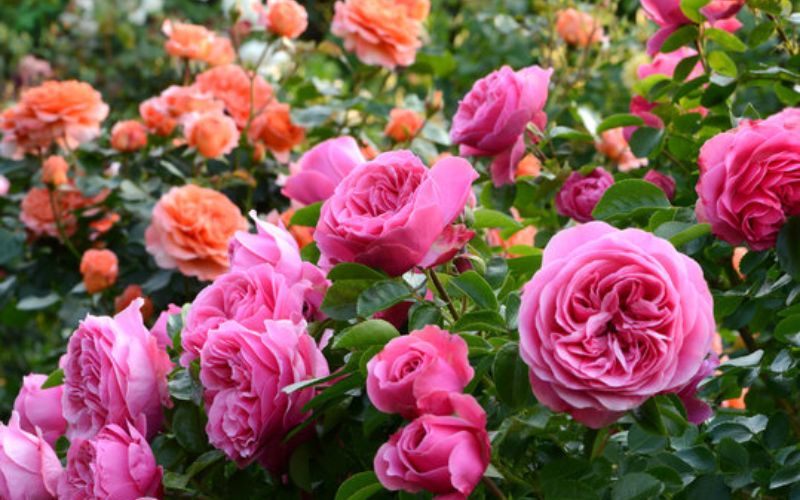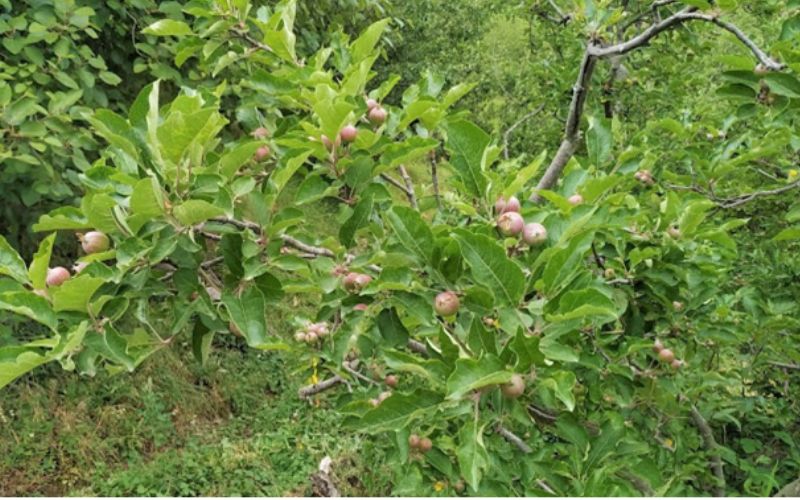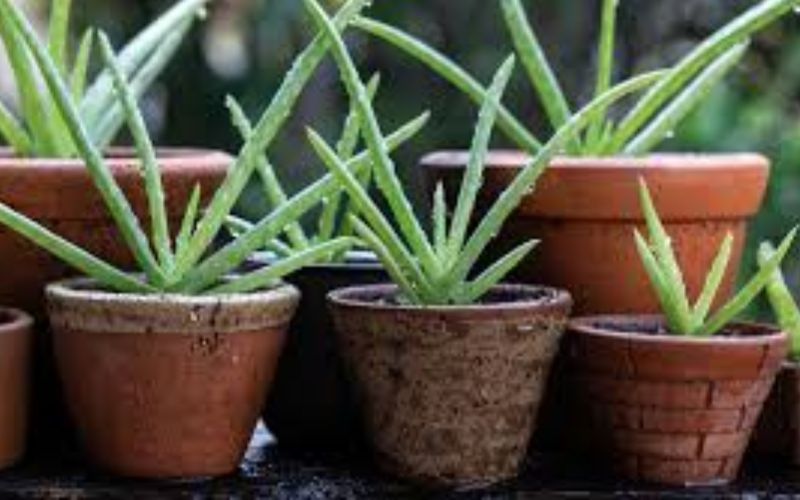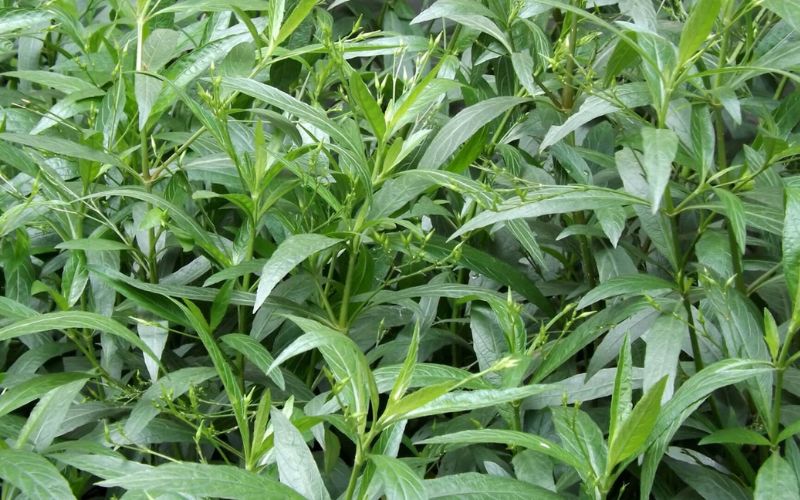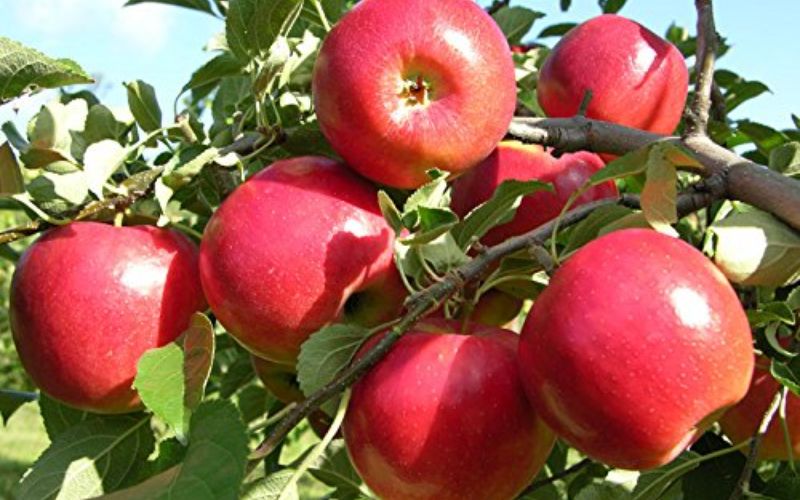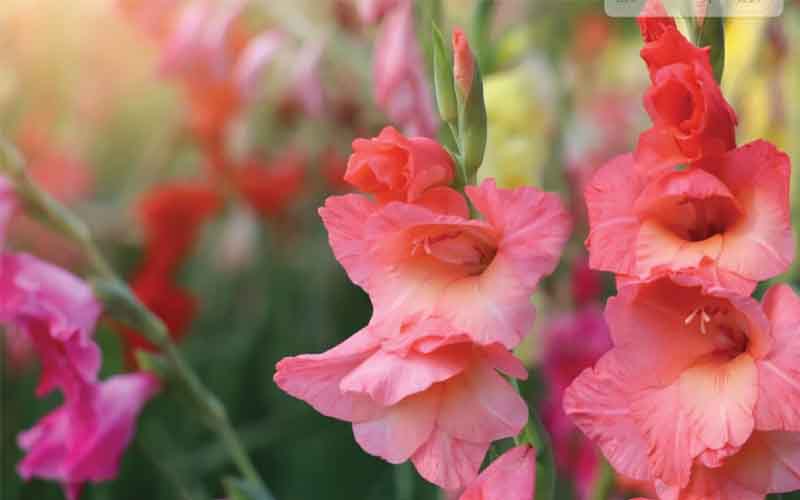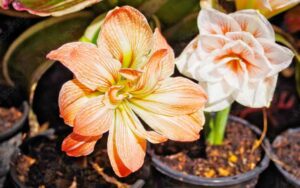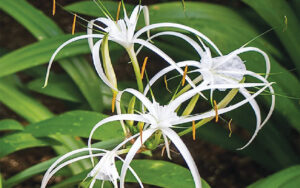Gladiolus: The flower of Pride
Sudha Patil
Assistant Professor, Department of Floriculture and Landscape Architecture, ASPEE College of Horticulture
Tejal Patel
Ph. D. Research Scholar, Navsari Agricultural University, Navsari, Gujarat
Gladiolus, the queen of the bulbous ornamental plants, is one of the leading flowers grown worldwide for cut flower trade, borders, bedding, pots, bouquet and floral arrangement. It is very much liked for its majestic spikes which contain attractive, elegant and delicate florets. All the modern-day varieties botanically known as Gladiolus grandiflorus. The florets open acropetally in sequence over longer duration and hence, have a good keeping quality of cut spikes. There is a wide range of colors viz., self or bicolor with or without central mark varying from white to darkest crimson. Among geophytes, it ranks second next to tulips in international florist trade. The leaves of this plant look like sword; therefore, it is also known as sword lily. Moreover, it’s easy cultivation and wider adaptability have made it so popular among growers and it occupies position among few bulbous geophytes in international trade which is grown in open field.
Important species and varieties
Tetraploid species are originated from South Africa and diploid from Europe. It was introduced into cultivation in 16-17th century by the Britishers but, in India its cultivation was started in 19th century when Charles Gray of Coonoor grew some gladioli from corms and seeds in his garden.
Climate and Soil
Gladiolus can successfully be grown in wide range of climatic conditions. It requires 18- 25oC day temperature while night temperature should not be less than 10 °C and open sunny situation is better for quality flower spikes. About 12 hours day length with high light intensities are preferred over short day with low light intensities.
Sandy loam soil with pH ranges from 6.5 to 7.5 and well drained is best for successful cultivation of gladiolus. Texture of heavy soil can be improved by mixing organic manure.
Propagation
Gladiolus is propagated by sexual and asexual methods. Sexual propagation through seeds is followed only by breeders to evolve new varieties because it takes 2-3 years for flowering. Commercially, it is propagated by corms and cormels. Now a days, micro propagation is getting popularity to get disease free planting material and production of bulbs at large scale in case of new varieties.
Planting material
Corms and cormels of gladiolus should be free of disease and mechanical damage. The ideal corm size should be more than 2.5 cm while small sized corms and cormels are usually used as planting stock, which on subsequent years give rise to flower grade corms. According to North American Gladiolus Council, it is classified in three groups on the basis of circumference; jumbo (> 5.1 cm), medium (5.1-3.8 cm) and small or cormel (3.2-2.5). The corms after taking out from cold storage are kept under shade up to one week then remove dry scales and they are treated with 0.2 per cent Carbendazim solution for 20-30 minutes prior to planting in field.
Planting
In India, optimum time for planting gladiolus is September-October in the plains and March-April in the hills, whereas in Bangalore condition it can be planted throughout the year. For continuous flowering, staggered planting is done at 10 to15 days interval.
Gladiolus needs deep planting and it should be around 2-2.5 times than its diameter to ensure vertical and straight growth of shoots as well as prevent lodging during spike production. Generally, gladiolus planted at the distance of 25-30 x 20-25 cm, at this distance about 1,60,000 to 2,00,000 corms can be accommodated per hectare.
GA3 at 50 ppm when used as soaking treatment increase sprouting of corms, enhance emergence of shoot and improve subsequent growth and production of flower.
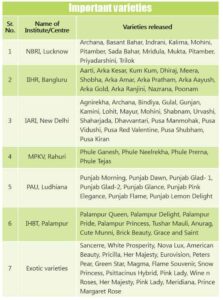
Field preparation
The land should be thoroughly ploughed and leveled. It should be free from weeds and pathogens. For better growth of gladiolus, bulbs should be planted on raised beds and ridges which ensure corm size and higher cormel production with quality spikes.
Manures and fertilizers
Ten tonnes of well rotted FYM should be mixed per hectare in soil at the time of land preparation. 250:150:200 kg N:P:K/ha should be applied. Nitrogen should be applied in two splits. Half dose of nitrogen is applied at the time of planting and remaining applied after 45 days after planting. Full dose of P and K are applied as a basal dose.
Deficiency of any of the essential nutrient may hamper the growth of plant and is expressed specific control. N deficiency causes blindness, pale green coloration of foliage and reduce number of spikes. Whereas, P deficiency leads to dark green foliage and purple coloration in the lower leaves and deficiency of K creates marginal leaf burns in older leaves. Ca deficiency results in a disorder ‘topples’ which causes breaking over of gladiolus in the vase after most of the florets have opened.
After care
Sometimes, the stem is not strong enough to bear the weight of spike. Thus, spikes tend to bend down due to gravitational force. But the apical portion continues to grow upward due to polarity resulting in a curve at the central portion of spike. To avoid this problem, plants are staked. Fresh manure, chopped straw, dried grass clippings can be used as a mulching to conserve moisture and control weed.
Irrigation
Irrigation schedule for gladiolus depends upon weather conditions and soil types. Normally gladiolus requires water at frequent intervals of 7-8 days. In case of drip irrigation, water should be applied at alternate day.
Weed control
Application of 1.0 kg pendimethalin per hectare as pre-emergence herbicide is beneficial. It should be sprayed by flat fan nozzle on soil after one day of planting of corms and first irrigation. After spraying of herbicide, soil should not be disturbed up to 10 days. It will suppress weeds up to 25-30 days and after it one or two hand weddings are required.
Harvesting
Spikes of gladiolus harvested when basal floret of the spike shows colour for distant market whereas, for local market spikes are harvested when basal floret is fully opened.
Yield
By planting 1,50,000 corms about 2,00,000 spikes can be harvested/ha.
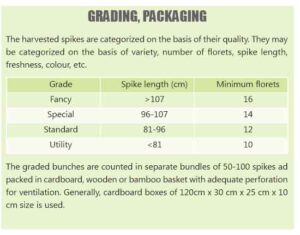
Postharvest technology
To enhance the vase life of spikes should be precooled at 5-7oC under shade followed by pulsing. Pulsing solution consists of sucrose (20 %) and 8-HQC (200 ppm) for 24 hours. AgNo3, Al2(SO4)3 and NaNO3 have also been used for improve vase life. Spikes should be stored at 4-5oC.
Corm harvesting
Corms and cormels are ready for lifting from the ground after 6-8 weeks of harvesting of spikes. At the time of lifting, the soil should be dry and loose, therefore stop irrigation before 15 days of digging. It shows maturity when leaves become yellowish. After lifting leaves are removed, corms and cormels are cleaned and then dipped in 0.2 per cent Carbendazim for 30 minutes. Lifting is performed during April-May in plains while during Oct.-Nov. on hills. Harvested corms and cormels are packed in gunny bags and kept in cold storage till the next planting season.
Disease
Fusarium wilt is a very serious disease of gladiolus. High temperature and more nitrogenous fertilizer application during growth favours this disease. It can be controlled by treating corms with 0.2 per cent Carbendazim before planting.


